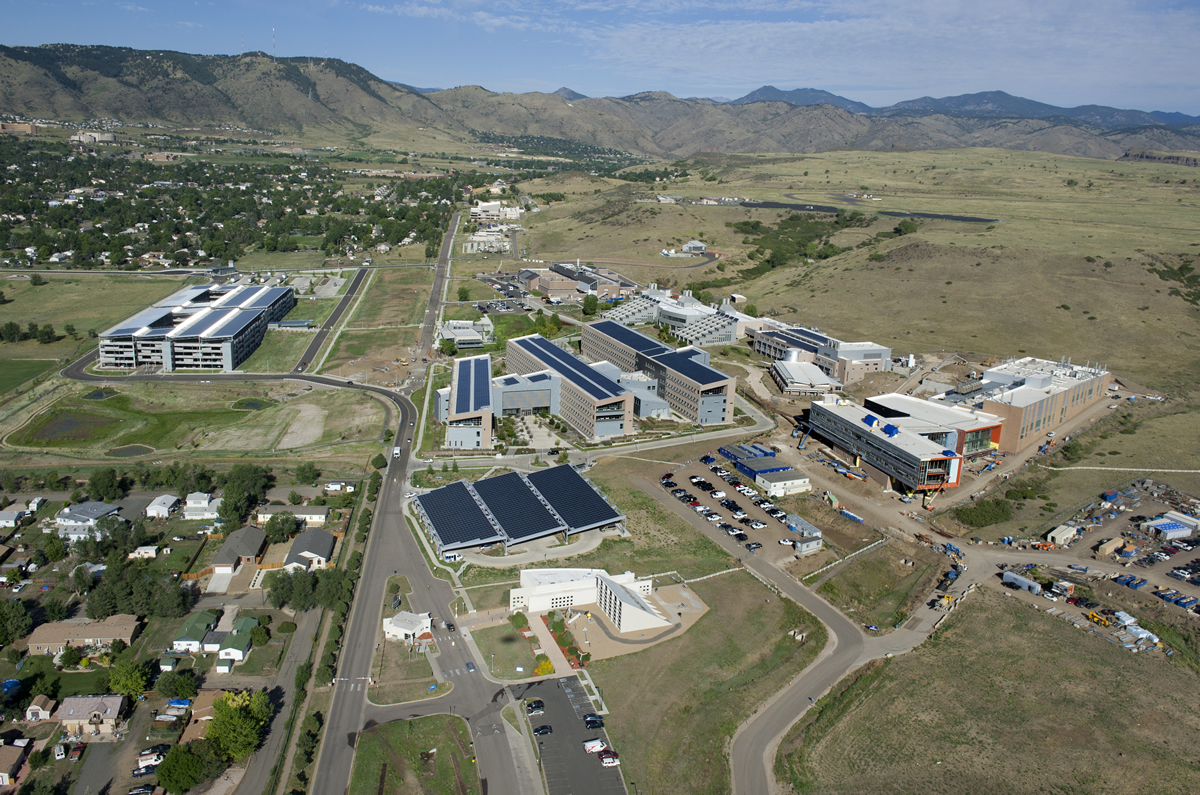What’s the best way to integrate and optimize high concentrations of distributed energy resources and respond to grid events rapidly? Researchers at the National Renewable Energy Lab (NREL) believe that the answer lies in energy systems that can make decisions and respond to events without human intervention—an autonomous microgrid, supported by machine learning.

In order to address the challenge of controlling the hundreds of millions of distributed resources forecasted to come online in the next few decades, NREL is developing a self-operating power system designed to convey energy and manage the control of distributed energy resources using advanced machine learning and simulation.
According to Ben Kroposki, center director for NREL’s power systems engineering, the self-operating power system will rely on a cellular organizational structure and “layered hierarchical distributed controls” with blocks that can self-optimize when islanded and participate in grid processes when connected.
Kroposki and his team are working on a simulation, expected to be ready next year, which will cover an area about the size of San Francisco—up to 10 million loads—in which solar pv resources, electric vehicles, and energy storage technologies operate synchronously. The team is also working with Holy Cross Energy, a cooperative utility in Aspen, CO, to develop a housing community powered by autonomous energy grids.
Today an increasing number of energy industry professionals assert that AI is helping power providers optimize efficiency, enabling them to provide better service and cheaper prices to customers. Furthermore, an article published this week by GreenTech Media indicates that AI is making clean energy more attractive for investors by utilizing predictive analytics and real-time insights to optimize operations, offer better returns, and reduce investment risk.
What are your impressions? Could AI and machine learning catalyze the microgrid industry and help accelerate the transition to clean energy?
Join cutting-edge discussions such as the this one at the 7th annual HOMER International Microgrid Conference, taking place in Cambridge MA, October 7-8. Enjoy dynamic presentations on distributed generation for C&I customers, resilience, energy access, and microgrids for remote locations and enrich your professional repertoire by participating in optional training sessions, a tour of an advanced microgrid, and hands-on engineering and economic modeling exercises.
The Latest Technology Developments for Microgrids, Monday October 7th
Paul Dailey, Outback Power, Modular Expandable Microgrids
Pablo Munoz, Studer, DC and AC Coupling Comparative for Mini Grid Application
Paul Pauze, Innovus, Case Study: Northern Remote Community Microgrid Powered by Innovus’ Converter Controls Variable Speed Generation with Renewables
Join us at the Virtual 8th Annual HOMER International Microgrid Conference, October 12-16, 2020.
Please share news of the HOMER International Microgrid Conference on social media: #HIMC2019

